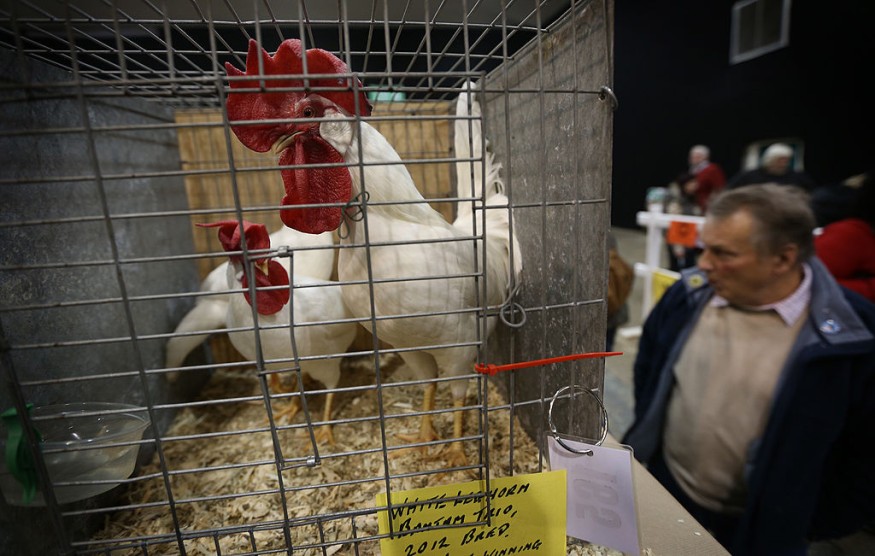
Ancestors of our modern domesticated chickens may have been revered as novelties back in the day, not served on a dining table. In fact, they were viewed as exotic animals that were respected, and even worshipped.
Researchers found that chickens were regarded as all hail and mighty for centuries before they became meals, LiveScience reported. They weren't as fast-growing as to today's domesticated chickens, but they have more distinctive look and voice, and only about one-third the size of chickens now.
According to a new study, approximately 500 years had elapsed before chickens in central Europe began to be used widely for food. However, before that, they were "what everyone wanted".
"Chickens, at first, are this amazing thing," said study co-author Greger Larson, the director of the paleogenomics and bio-archaeology research network at the University of Oxford in England. "Whereas people today scramble to acquire whatever the Kardashians have, thousands of years ago, that would have been a chicken," he added.
Mysterious Origins
Before chickens were domesticated (Gallus domesticus), humans first got acquainted with their ancestors: the red junglefowl (Gallus gallus) from Southeast Asia.
These "jungle birds" have had "murky origins" before it became one of the most popular food on Earth, according to the study. This is because archaelogy is challenging in heavily forested Southeast Asia, and tiny artifacts like chicken bones are hard to notice. They easily sink into the ground or disturbed by mammals' digging, human construction and other disruptions, said study co-author Joris Peters, a zooarchaeologist at Ludwig Maximilian University of Munich.
As a result, soil layers in which chicken bones are found may not accurately represent the age of the bones, the authors reported in two papers published in the journal Proceedings of the National Academy of Sciences and in the journal Antiquity.
How Chickens Landed the Platter
According to Larson, humans and chickens have probably been associated for only about 3,500 years. By about 1500 B.C., when people in southeastern Asia cultivated rice and millet, and planted in fields with grain, it would attract red junglefowl, and people find them "very endearing".
As the birds began to rely on humans for food, domestication began, and the chickens had spread all over central China, South Asia and Mesopotamia, to Africa, Mediterranean, and central Europe
Larson said that men at the time were often buried with cockerels, and women with hens, and these chickens were likely important to the people with whom they were buried.
"These are older birds, their individual birds," Larson said. "They matter to their society."
During the rise of the Roman empire in Europe, chicken eggs became popular as a stadium snack. Although it was unclear how the shift occurred, chicken consumption has become widespread in Roman-controlled Britain dates to around the first century A.D.
Larson said it is possible that having chickens around for centuries made humans reevaluate their relationship "in a more practical light."
"Familiarity breeds contempt," he noted.
Furthermore, Peter explains that the domestication helped sustainably expand human subsistence over time. "In retrospect, the domestication of the chicken proved very useful for cultural developments throughout the wider region, as domestic flocks could easily be taken on sea voyages, either as provisions or, ultimately, to raise chickens in newly occupied areas," he added.
Related article : Indiana Angler Reels Monster Catfish, Breaks State Record
© 2025 NatureWorldNews.com All rights reserved. Do not reproduce without permission.





